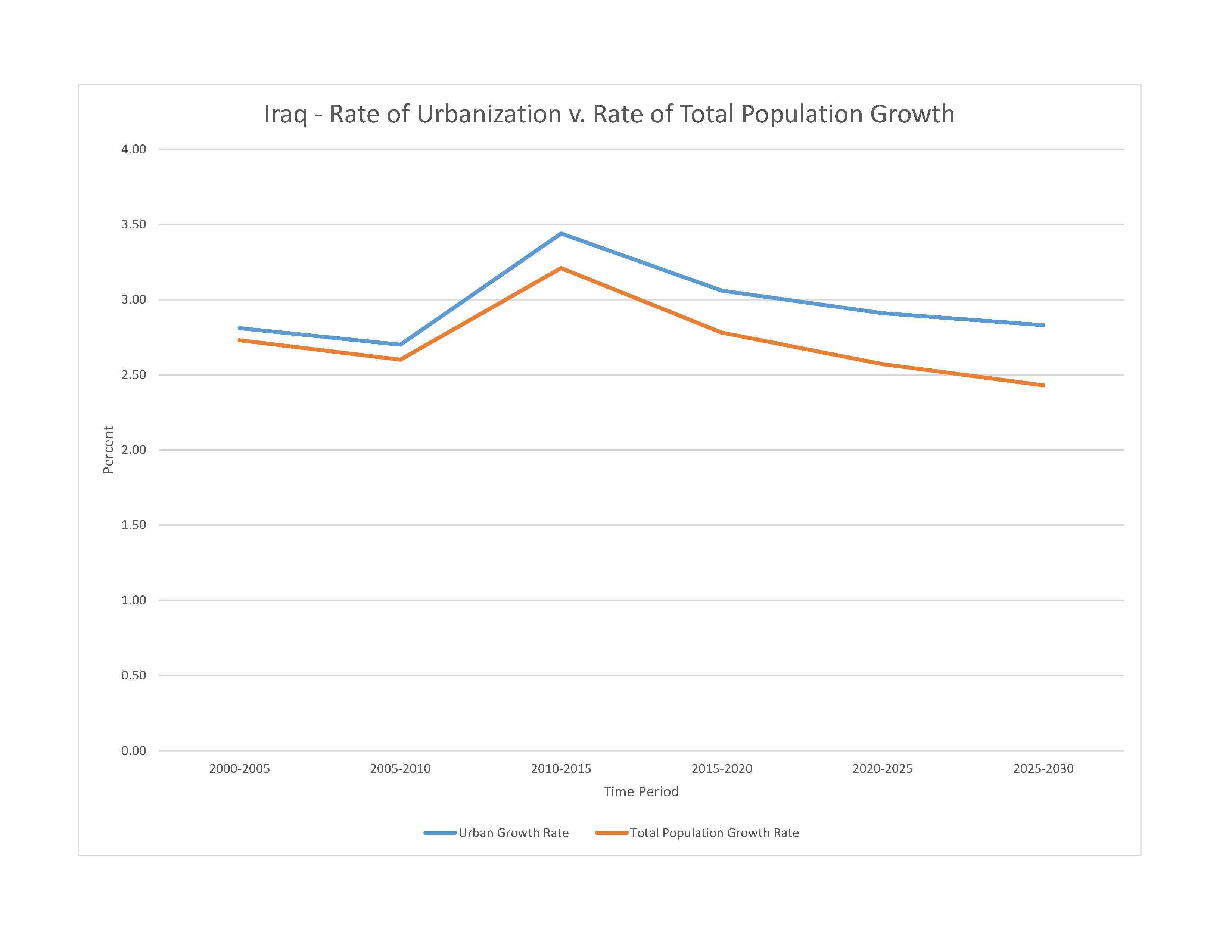
government water control projects drained most of the inhabited marsh areas east of An Nasiriyah by drying up or diverting the feeder streams and rivers; a once sizable population of Marsh Arabs, who inhabited these areas for thousands of years, has been displaced; furthermore, the destruction of the natural habitat poses serious threats to the area's wildlife populations; inadequate supplies of potable water; soil degradation (salination) and erosion; desertification; military and industrial infrastructure has released heavy metals and other hazardous substances into the air, soil, and groundwater; major sources of environmental damage are effluents from oil refineries, factory and sewage discharges into rivers, fertilizer and chemical contamination of the soil, and industrial air pollution in urban areas
party to: Biodiversity, Climate Change, Climate Change-Kyoto Protocol, Comprehensive Nuclear Test Ban, Desertification, Endangered Species, Hazardous Wastes, Law of the Sea, Nuclear Test Ban, Ozone Layer Protection, Ship Pollution, Wetlands
signed, but not ratified: Climate Change-Paris Agreement, Environmental Modification
mostly desert; mild to cool winters with dry, hot, cloudless summers; northern mountainous regions along Iranian and Turkish borders experience cold winters with occasionally heavy snows that melt in early spring, sometimes causing extensive flooding in central and southern Iraq
agricultural land: 18.1% (2018 est.)
arable land: 8.4% (2018 est.)
permanent crops: 0.5% (2018 est.)
permanent pasture: 9.2% (2018 est.)
forest: 1.9% (2018 est.)
other: 80% (2018 est.)
urban population: 71.6% of total population (2023)
rate of urbanization: 2.91% annual rate of change (2020-25 est.)

severe localized food insecurity:due to civil conflict and economic slowdown - the 2022 Humanitarian Needs Overview identified 2.5 million people in need of humanitarian assistance, of which 960,000 have acute humanitarian needs; while the number of people in need remained similar to the previous year, the severity of those needs increased, largely due to the impact of the COVID‑19 pandemic on top of an existing humanitarian crisis, leading to a 35% increase in the number of people in acute need; more than half of these are concentrated in the governorates of Nineveh and Anbar; the number of severely food insecure people is estimated at about 435,000, while 731,000 are vulnerable to food insecurity (2022)
0% of GDP (2018 est.)
0% of GDP (2018 est.)
particulate matter emissions: 39.29 micrograms per cubic meter (2019 est.)
carbon dioxide emissions: 190.06 megatons (2016 est.)
methane emissions: 17.44 megatons (2020 est.)
municipal solid waste generated annually: 13.14 million tons (2015 est.)
fresh water lake(s): Lake Hammar - 1,940 sq km
Euphrates river mouth (shared with Turkey[s], Syria, and Iran) - 3,596 km; Tigris river mouth (shared with Turkey[s], Syria, and Iran) - 1,950 km; the Tigris and Euphrates join to form the Shatt al Arab
note – [s] after country name indicates river source; [m] after country name indicates river mouth
Indian Ocean drainage: (Persian Gulf) Tigris and Euphrates (918,044 sq km)
Arabian Aquifer System
municipal: 6.9 billion cubic meters (2020 est.)
industrial: 5.49 billion cubic meters (2020 est.)
agricultural: 44.23 billion cubic meters (2020 est.)
89.86 billion cubic meters (2020 est.)
NOTE: The information regarding Iraq on this page is re-published from the 2024 World Fact Book of the United States Central Intelligence Agency and other sources. No claims are made regarding the accuracy of Iraq 2024 information contained here. All suggestions for corrections of any errors about Iraq 2024 should be addressed to the CIA or the source cited on each page.
This page was last modified 04 May 24, Copyright © 2024 ITA all rights reserved.